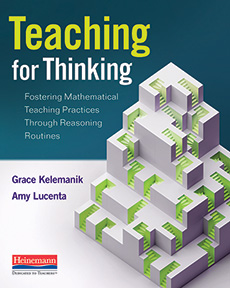Hello everyone! Education policy is changing. Politicians and board members are literally running on campaigns centered around what they believe should—and should not—happen in schools.
Because of this, it is extremely important that we not only stay informed, but are knowledgable around laws, the history of educational movements, and why many restrictions are being pushed right now so hard. Among all of this, is the term gag order, which is detailed clearly in this episode. If you’re unfamiliar with the term in education, like I was, you’ll want to hear this episode.
Joining me to help in unpacking this complex topic is Jonathan Friedman, the director of Free Expression and Education PEN America.
In this episode, we discuss:
- The history of fringe involvement in educational policy
- The underlying politics behind content bans
- Analyzing precedence for today’s bans by looking at the push for religious beliefs to be in public school
- Gag orders, what they are, and what they do
- How gag orders are seeking to control teacher speech around race, sex, gender, and politics
Enjoy!

Teaching our children to think and reason mathematically is a challenge, not because students can’t learn to think mathematically, but because we must change our own often deeply-rooted teaching habits. This is where instructional routines come in. Their predictable design and repeatable nature support both teachers and students to develop new habits.
In Teaching for Thinking, Grace Kelemanik and Amy Lucenta pick up where their first book, Routines for Reasoning, left off. They draw on their years of experience in the classroom and as instructional coaches to examine how educators can make use of routines to make three fundamental shifts in teaching practice:
- Focus on thinking: Shift attention away from students’ answers and toward their thinking and reasoning

- Step out of the middle: Shift the balance from teacher-student interactions toward student-student interactions
- Support productive struggle: Help students do the hard thinking work that leads to real learning
With three complete new routines, support for designing your own routine, and ideas for using routines in your professional learning as well as in your classroom teaching, Teaching for Thinking will help you build new teaching habits that will support all your students to become and see themselves as capable mathematicians.





